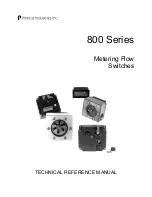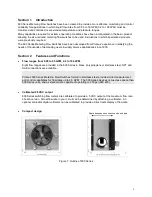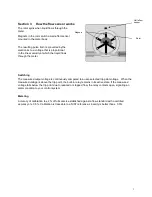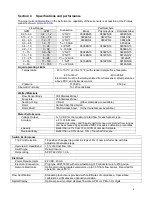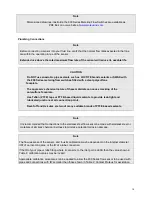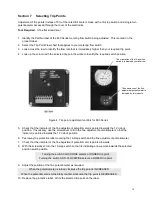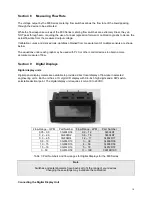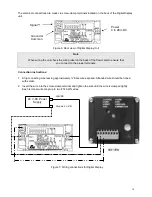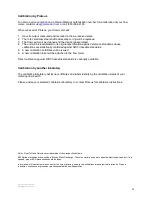
12
•
Use Teflon tape or a PTFE-based liquid sealant to provide lubrication for the junction and a leak-tight
connection at both input and output connections. Real-Tuff and Hercules are two of many suitable
brands of PTFE-based sealants.
•
Do not over-tighten the connection. Refer to instructions for installation of the mating fittings for
information on torque requirements.
•
Leak testing of all connections in your flow circuit is recommended. Pressurizing the system with air
and external testing with a dilute soap solution can help identify leaking connections.
SAE straight thread connections
With these connectors, an O-ring makes the seal while the threads hold the connecting assembly in
place. Straight thread connections should receive a small amount of high-pressure lubricant before
installation to prevent galling.
Non-adjustable fittings
1. Bring the non-adjustable fitting into firm
contact with the face of the port, using a
wrench.
2. Check to be certain that the O-ring fits
easily into the non-threaded receiving
area of the port, and is not pinched.
Adjustable fittings
1. Ensure that the locknut is positioned so
the back-up washer is in contact with
the beginning of the threads farthest
from the end of the fitting.
2. Screw the fitting into the port until the
back-up washer contacts the sealing
face.
3. Check to be certain that the O-ring fits
easily into the non-threaded receiving
area of the port, and is not pinched or
damaged.
4. Unscrew the fitting a maximum of one
turn to position it in the desired direction.
5. Tighten the locknut firmly against the
back-up washer so the fitting assembly
is held securely in place.
Filtering
Your circulating fluid may contain particles. While not essential to the operation of the flow sensor, it is
good practice to filter your fluid. A 100-micron filter is often used to remove rust and other particles from
the fluid. This can increase the lifetime of pumps and other fluid system components as well as reducing
wear in the sensor.

